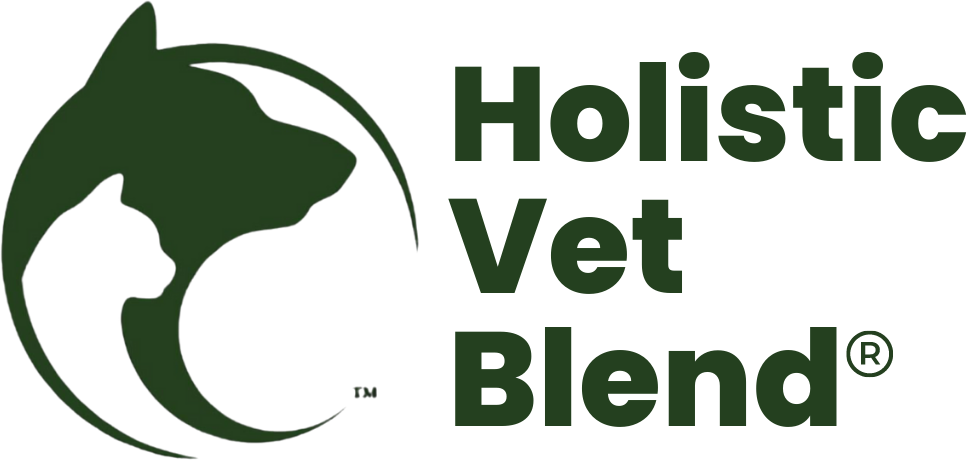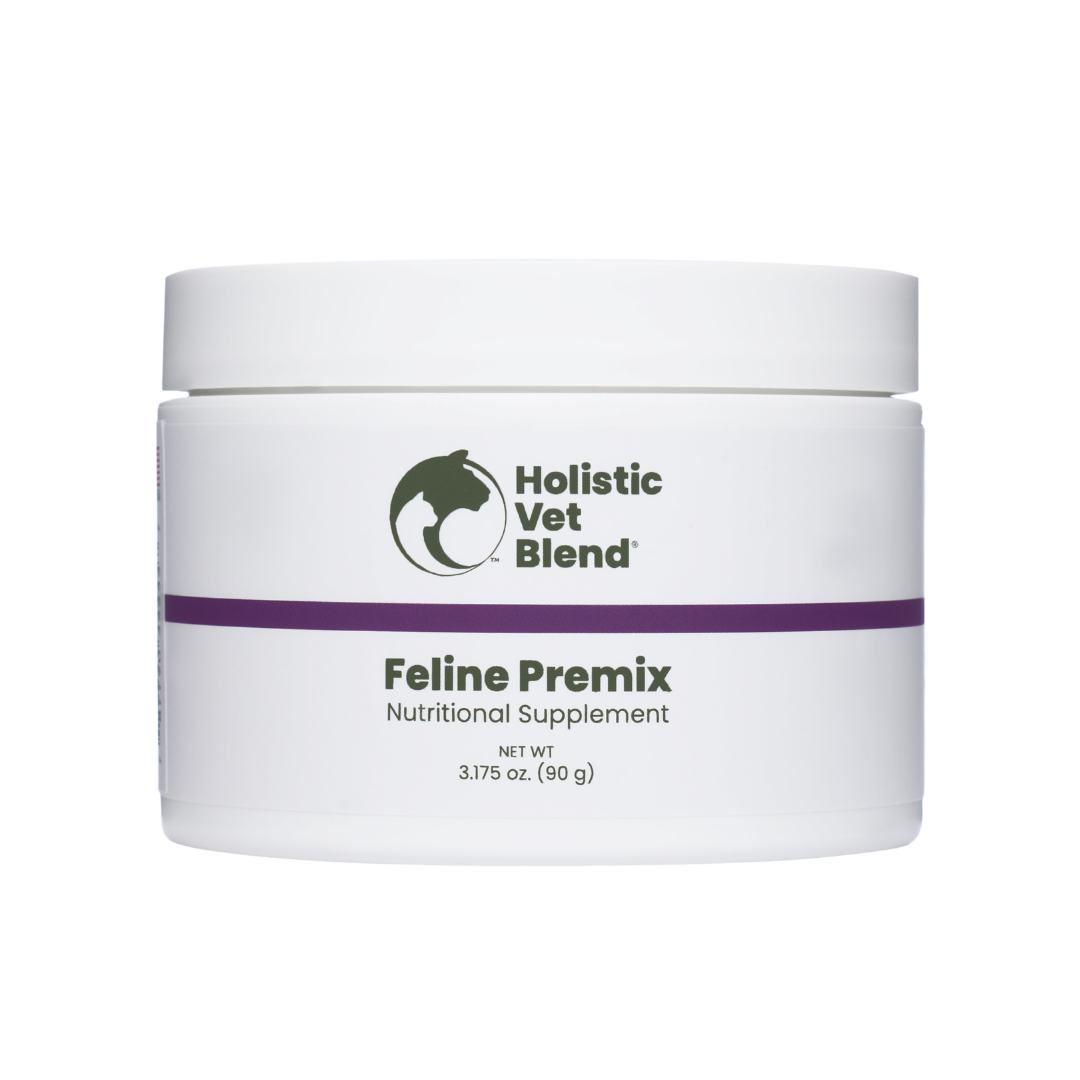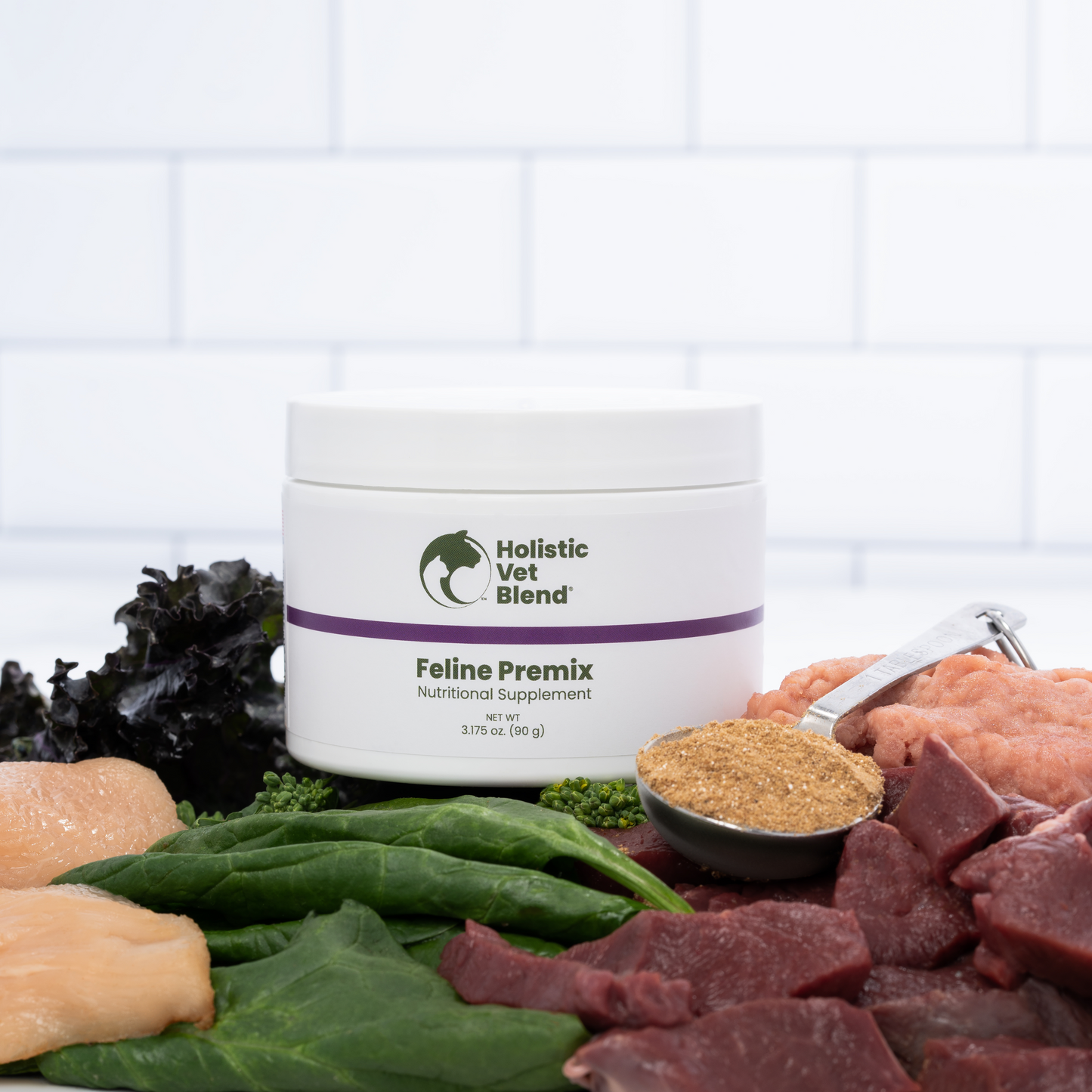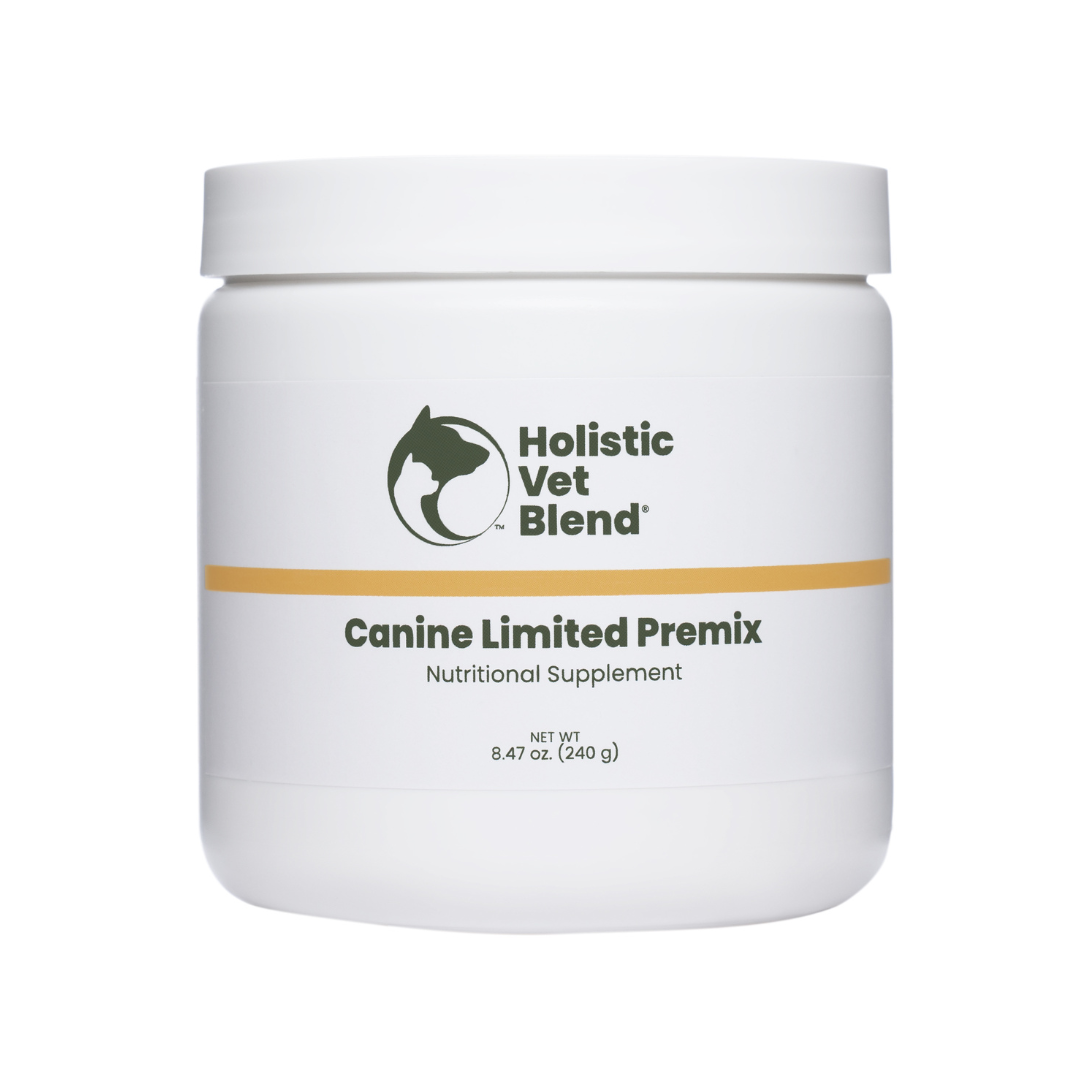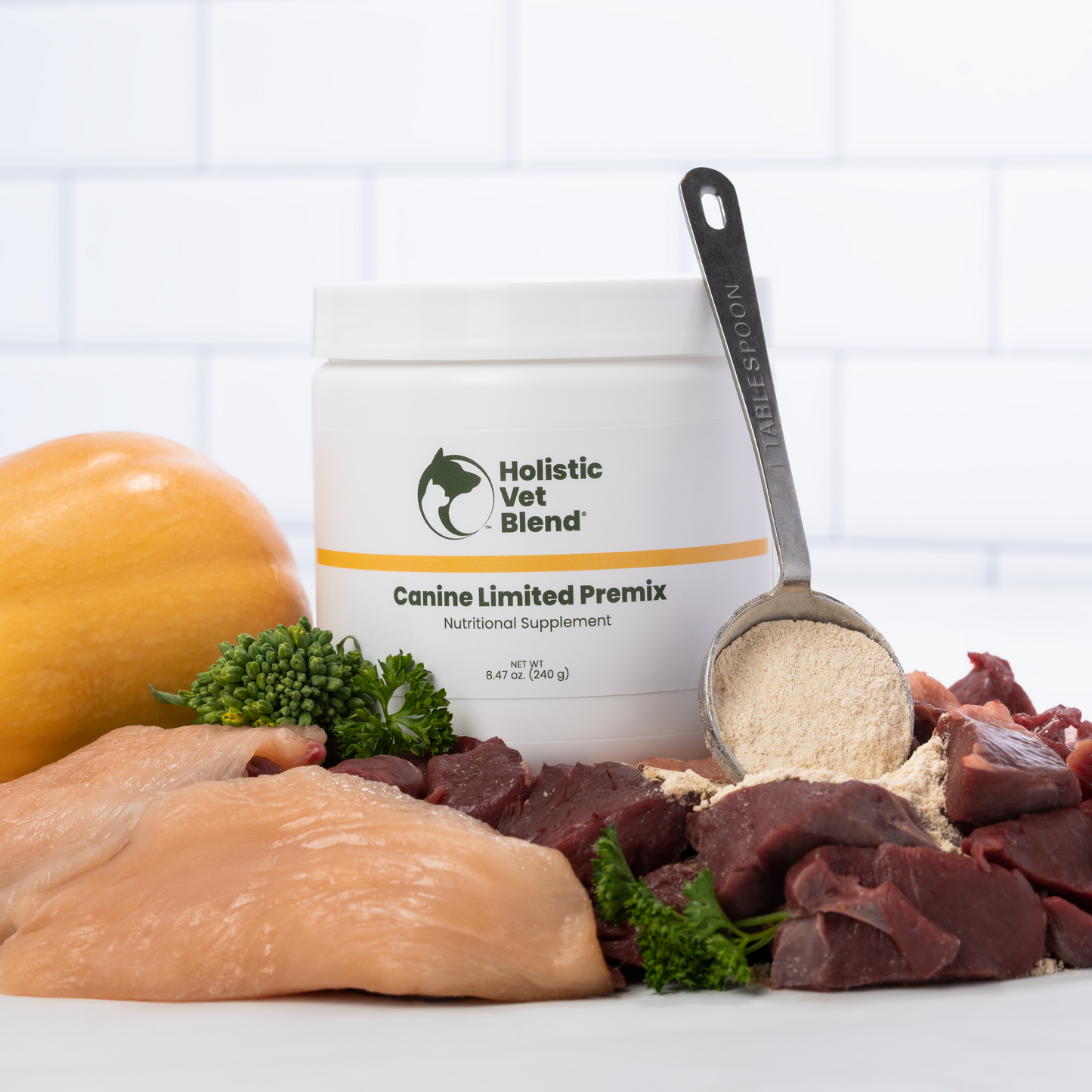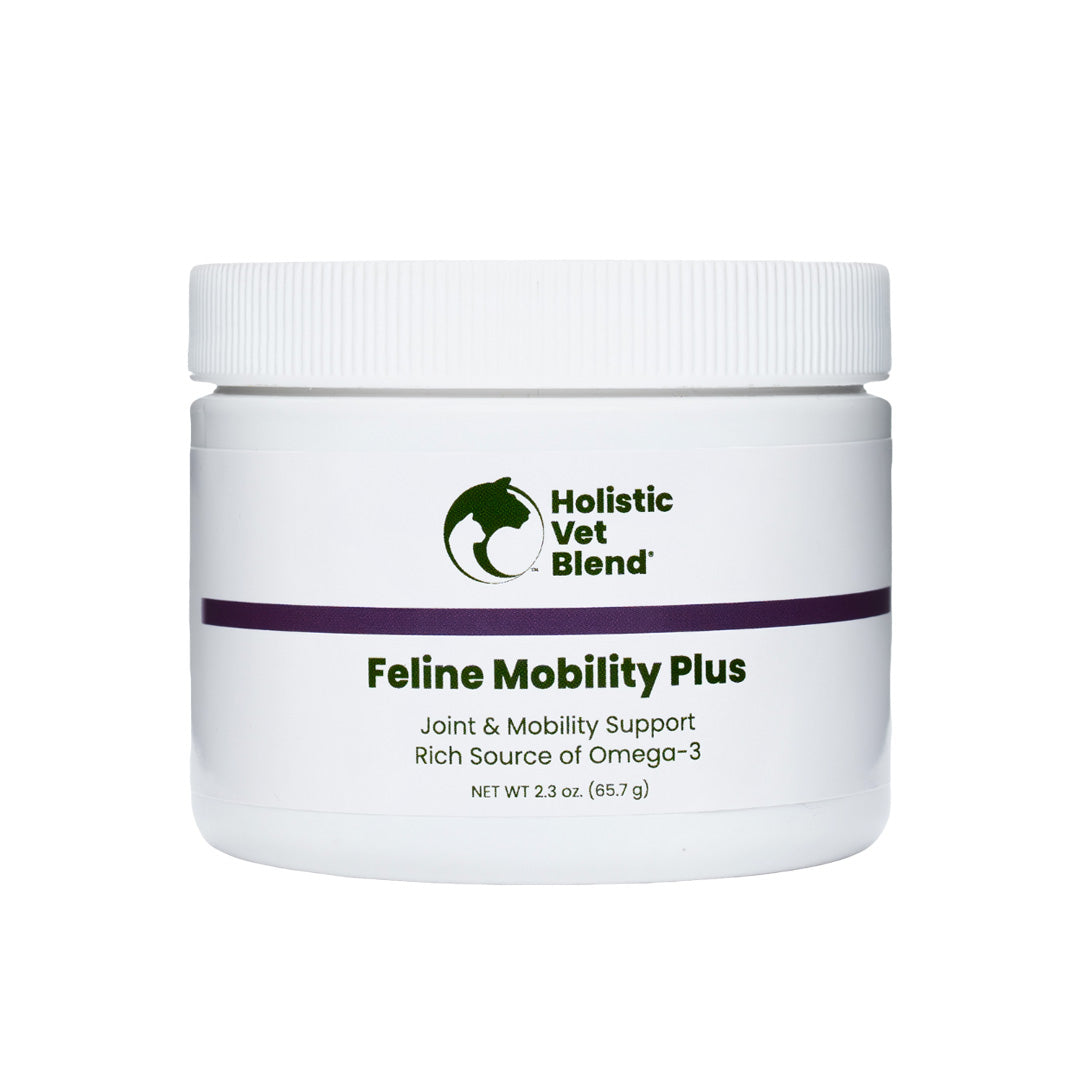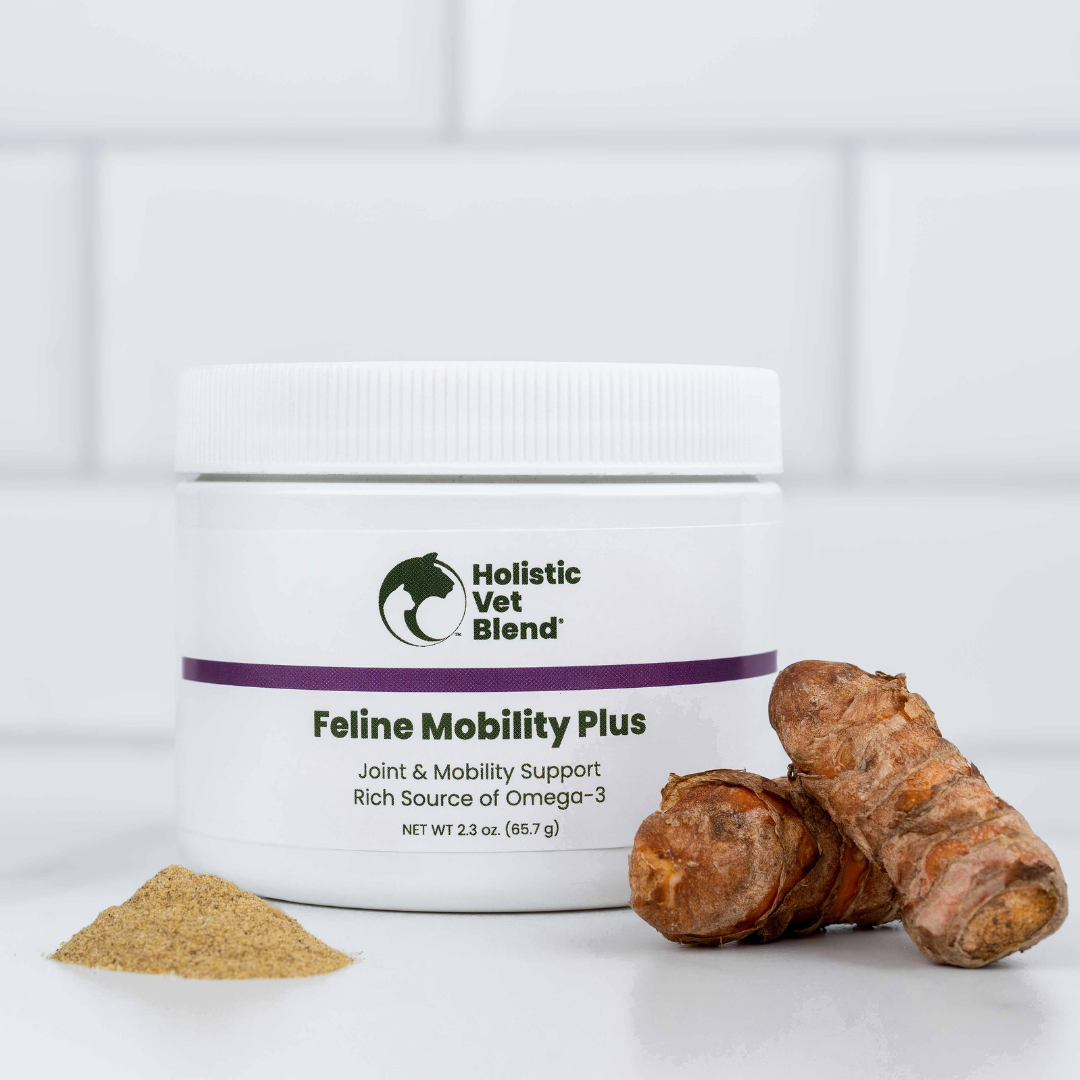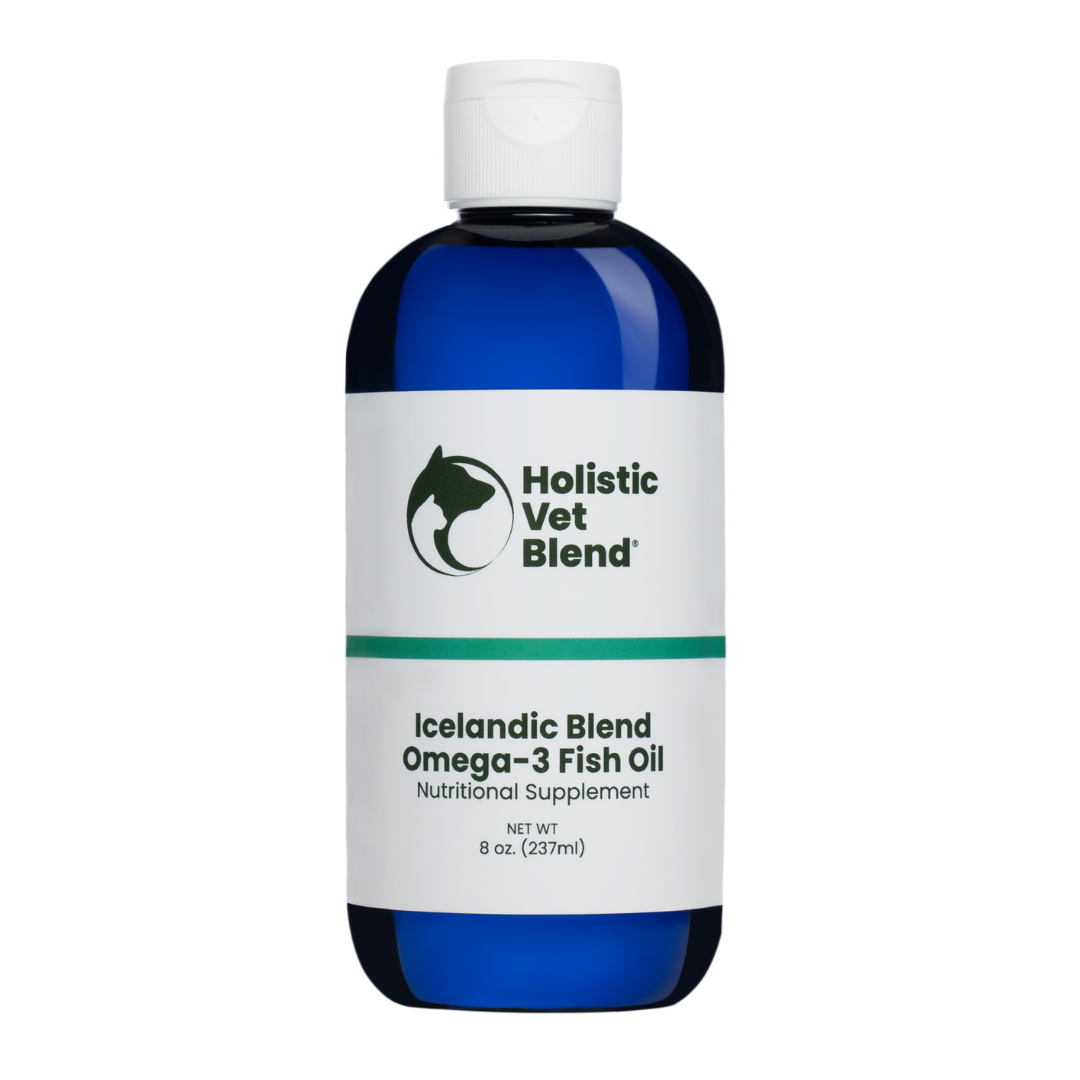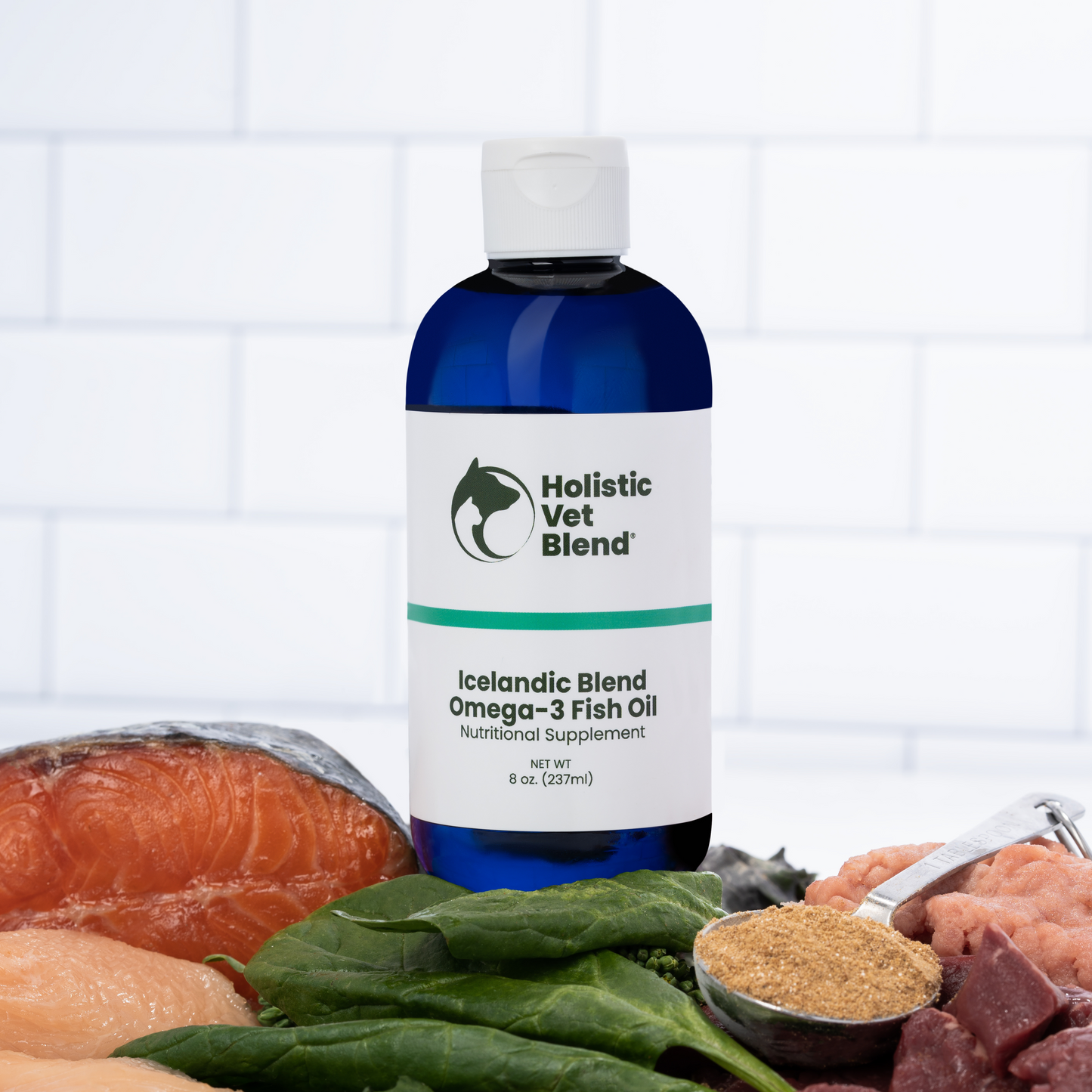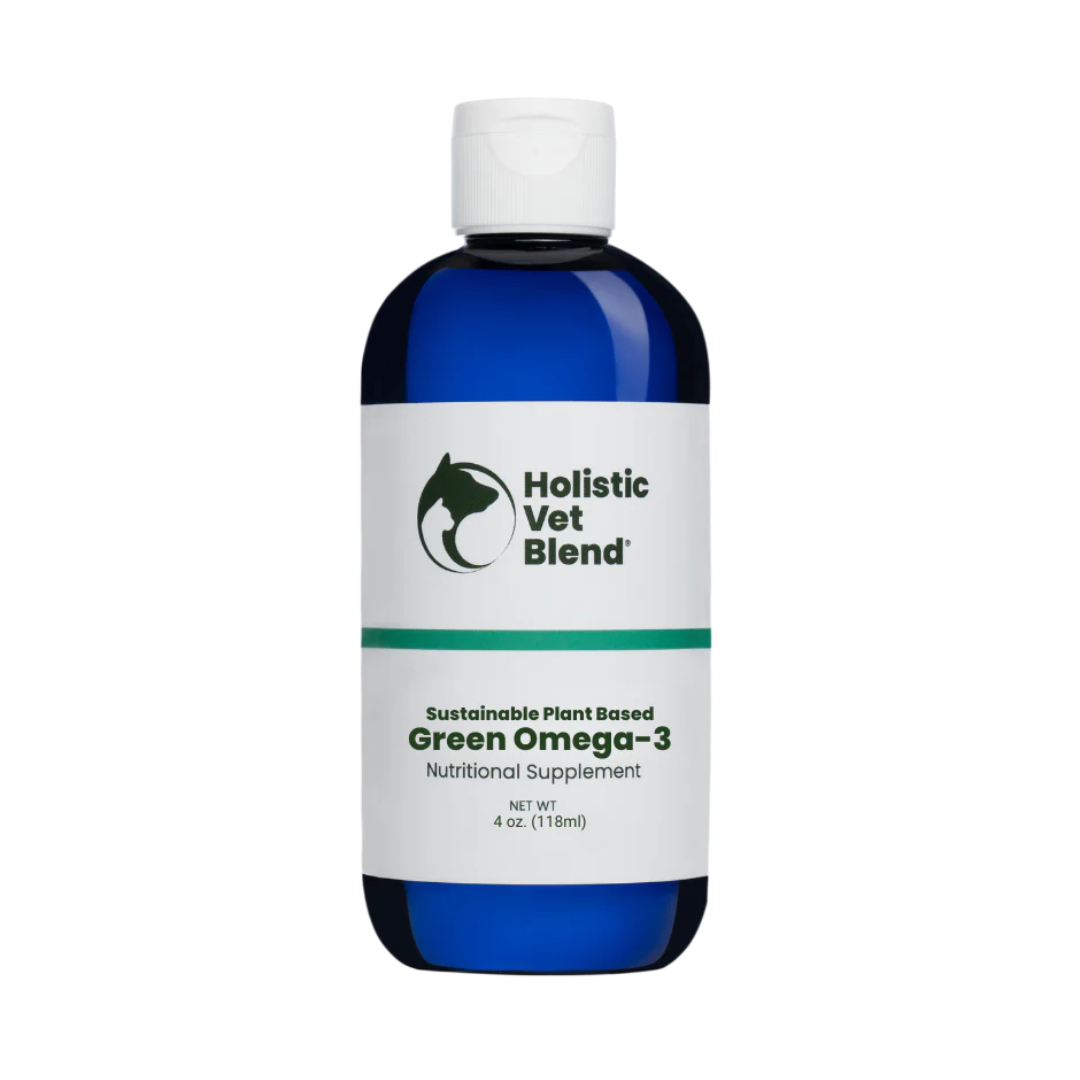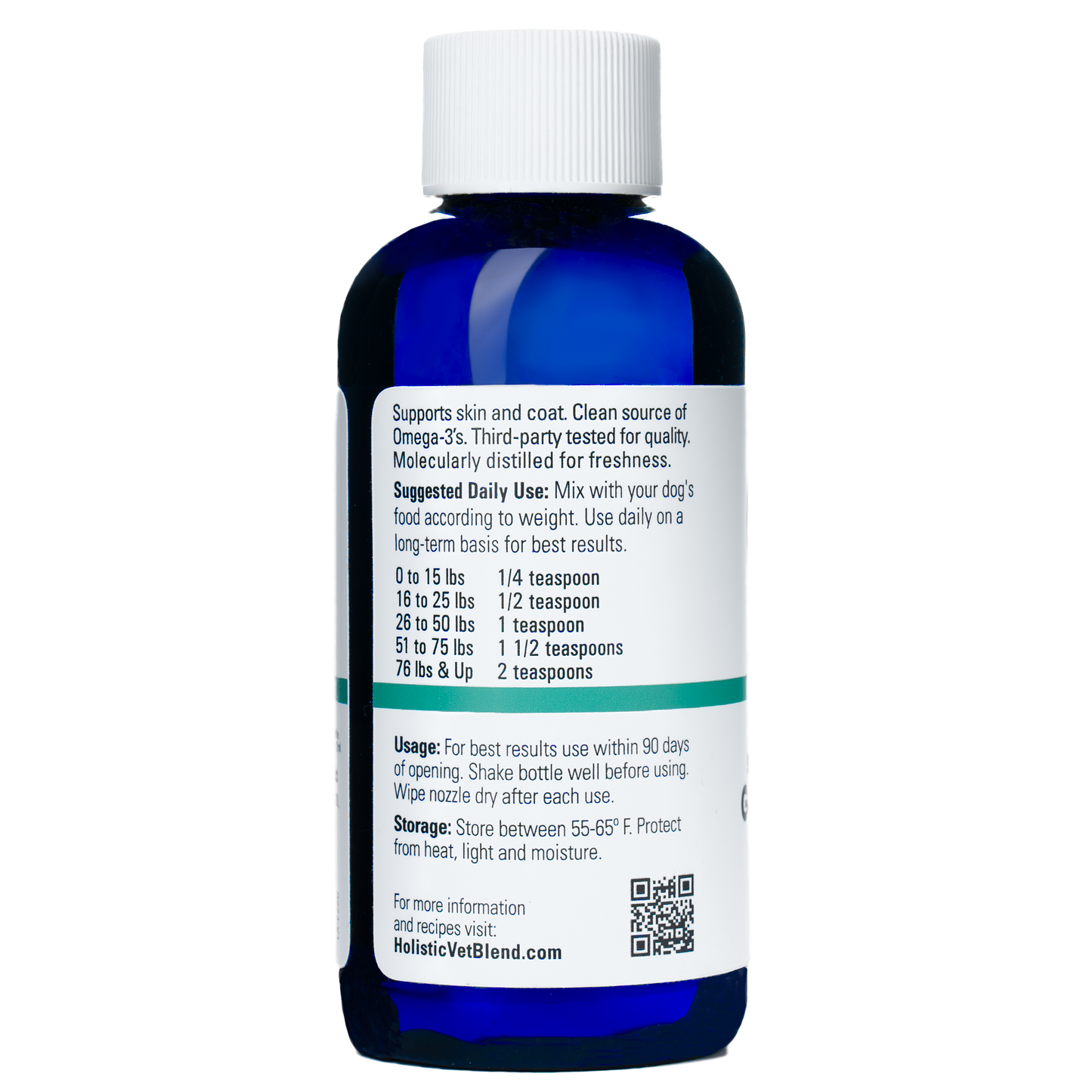
Cancer is now one of the leading causes of death in dogs and cats in the United States. According to the Veterinary Cancer Society, roughly 1 in 4 dogs will develop cancer in their lifetime, and nearly 50% of older dogs (age 10+) will receive a cancer diagnosis. For certain breeds like golden retrievers and labrador retrievers, the risk of cancer is even higher.
Thankfully, cat and dog owners have more power than ever to reduce cancer risk through prevention, healthy lifestyle choices, and early detection.
This blog post outlines 8 hidden cancer risks in your pet’s everyday life—plus two bonus tips—with actionable solutions to support your pet’s immune system, reduce environmental factors, and protect their overall health.
1. Urban Chemicals Herbicides Linked to Canine Cancer
A study on boxers published by the University of California found a connection between malignant lymphoma and exposure to benzene, a cancer-causing VOC found in urban environments. Exposure to 2,4-D, a widely used herbicide, also raises the risk of certain cancers, including transitional cell cancer (a type of bladder cancer).
How to reduce this risk:
- Avoid treated lawns and especially avoid those that were recently treated
- Use organic, pet-safe landscaping
- Wipe paws after walks
Lawn Herbicides and Bladder Cancer
Studies show that herbicides are linked to transitional cell carcinoma, particularly in older dogs and genetically predisposed breeds. These toxins are absorbed through the paws and belly.
How to reduce this risk:
- Skip chemical lawn care
- Wash your dog’s feet post-walk
2. Household Toxins and Hyperthyroidism in Cats
Cats are exposed to phthalates, PBDEs, and formaldehyde through grooming and contact with household dust. These toxins disrupt hormones and may increase the risk of cancer and hyperthyroidism.
How to reduce this risk:
- Use HEPA air filters to reduce toxins in the air
- Replace old foam furniture and carpet treated with flame retardants
- Use non-toxic cleaning products
- Decrease the use of volatile organic compounds in your home
Other household toxins or VOCs?
These are chemicals that easily become vapors or gases at room temperature, and they’re found in a wide range of everyday household products—including many that affect your pet’s health.
Sources of VOCs:
- Air fresheners and scented candles
- Household cleaners and disinfectants
- Paint, varnish, and new furniture
- Carpet and flooring adhesives
- Dryer sheets and laundry products
Why VOCs Matter for Pets:
VOCs contribute to indoor air pollution, and exposure over time has been linked to:
- Lung cancer
- Liver and kidney damage
- Neurological issues
- Hormone disruption
- And yes—increased cancer risk in both humans and pets
Because pets are smaller and spend more time on floors (where VOCs tend to accumulate), they often experience higher exposure levels than we do.
How to Reduce VOC Exposure:
- Use unscented, pet-safe cleaning products
- Ventilate rooms during and after cleaning or painting
- Avoid synthetic air fresheners
- Choose low-VOC paints, furniture, and flooring
- Use an air purifier with a carbon filter to trap gases
3. Secondhand Smoke and Lung Cancer in Pets
Secondhand smoke exposure causes lung cancer in dogs (especially short-nosed breeds) and squamous cell carcinoma in cats. Dogs with longer noses are more prone to nasal tumors due to deeper inhalation.
How to reduce this risk:
- Never smoke indoors
- Wash pet bedding often
- Keep pets away from smoky environments and inside to prevent exposure to wildfire smoke
4. Contaminated Drinking Water
Water may contain PFAS, lead, arsenic, and trihalomethanes, which are linked to bladder cancer and lymphoma in dogs. Pets are highly vulnerable to waterborne toxins.
How to reduce this risk:
- Use carbon block or reverse osmosis filters
- Provide filtered water daily
- Avoid drinking from pools and puddles of standing water
5. Ultra-Processed Diets and AGEs
Highly processed diets are high in advanced glycation end products (AGEs)—compounds linked to inflammation, oxidative stress, and cancer cells. AGEs lower the body’s ability to fight disease and may contribute to the development of common cancers.
How to reduce this risk:
- Feed a fresh, whole-food diet
- Add anti-inflammatory fatty acids, such as algae or fish oil
- Support a healthy weight for better metabolic health
6. Plastic Food and Water Bowls
Plastic bowls can leach BPA, phthalates, and zinc oxide, which may disrupt hormones and trigger health issues like endocrine-related cancers.
How to reduce this risk:
- Switch to stainless steel or ceramic
- Avoid scratched or cloudy plastic
- Wash bowls daily
7. Toxic Flea and Tick Products
Ingredients like fipronil (used in Frontline®) are classified as possible carcinogens and can linger on your pet’s fur and hands for days, impacting environmental health and possibly increasing cancer risk.
How to reduce this risk:
- Use products only with professional veterinary advice
- Bathe pets after treatment periods
- Explore natural, seasonal alternatives (check out natural flea and tick repellents here) and a video on to prepare a essential oil flea and tick repellent here.
8. Maintain a Healthy Body Weight
Obesity contributes to a higher risk of cancer. Maintaining a lean body weight supports immune function and reduces inflammation.
What to do:
- Monitor body condition and portion sizes
- Encourage daily exercise (at least 15-30 minutes daily walks)
- Choose healthy treats and be cognizant that they do not contribute too many calories
9. Limit Sun Exposure
Light-coated and short-haired breeds are prone to skin cancer, especially when exposed during peak UV hours. A common place to develop skin cancer is the nonhaired bridge of the nose and the nonhaired areas on the lower abdomen and inguinal area. Pets should avoid sunbathing and exposing these areas during peak sun hours whenever possible. White cats can also develop skin cancer on their ears.
What to do:
- Avoid peak sun hours for extended periods (generally 10 AM to 2 PM, some even recommend extending to 4 PM)
- Provide shade outdoors
- Use pet-safe sunscreen on sensitive areas
10. Consider Your Dog's Breed and Age of Neutering
When it comes to cancer prevention in dogs, one of the most misunderstood topics is the timing of spaying and neutering. While sterilization is a widely recommended practice for population control and certain health benefits, recent studies have shown that the age at which a dog is spayed or neutered—and their breed—can significantly influence cancer risk.
For example, research conducted at the University of California, Davis found that golden retrievers neutered before 12 months of age were at significantly higher risk for lymphoma, osteosarcoma, and hemangiosarcoma compared to intact dogs or those neutered later. Similar patterns have been observed in Labrador retrievers, though the risk appears to vary by type of cancer and sex.
Spaying before the first heat is known to dramatically reduce the risk of breast cancer (mammary tumors) in females—especially if done before six months of age. It also eliminates the risk of pyometra, a life-threatening uterine infection. Neutering males removes the risk of testicular cancer and can reduce some behavioral issues. However, early sterilization may delay closure of growth plates, affect hormone-driven development, and increase susceptibility to certain joint disorders and cancers.
So what’s the right answer? There isn’t a universal rule—it depends on your dog’s breed, size, health history, and environment. For large and giant breeds, many veterinarians now recommend delaying sterilization until 12–18 months of age, when the skeletal system has fully developed and cancer risk may be lower.
If you're concerned about cancer prevention, it's essential to have an honest and individualized conversation with your veterinarian. In some cases, alternatives like vasectomy or ovary-sparing spay can preserve hormonal health while preventing reproduction—offering the best of both worlds.
Signs of Cancer in Dogs and Cats: What to Watch For
Look out for these early detection warning signs:
- Enlarged lymph nodes
- Distended abdomen
- Lumps that change in character
- Sudden weight loss
- Change in bowel or bladder habits
- Decrease or lack of appetite
- Lethargy
- Signs of pain
The Canine Cancer Alliance emphasizes that spotting signs of cancer early significantly improves outcomes, especially for dog breeds with a higher risk, like golden retrievers, Bernese Mountain Dogs, Flat Coated Retrievers, and Boxers. Never ignore a lingering lameness in large breeds, such as Rottweilers, or giant breeds, like Great Danes or Wolfhounds.
Final Thoughts on Preventing Cancer in Dogs
When it comes to preventing cancer, the foundation of health begins with what we feed our pets every day. Just as we’ve learned in human medicine that diets high in ultraprocessed foods increase inflammation and chronic disease risk, it’s a no-brainer that the same holds true for our dogs.
A fresh, minimally processed diet—free of synthetic additives, preservatives, and chemical residues—nourishes the body’s natural defense systems. Whole foods rich in real nutrients help balance the microbiome, reduce oxidative stress, and strengthen the immune system’s ability to identify and destroy abnormal cells before they can take hold.
Feeding fresh isn’t a fad; it’s a return to biological common sense. By choosing clean, whole ingredients and minimizing exposure to toxins inside and outside the bowl, we can support longevity and resilience from the inside out.
Cancer prevention isn’t just about avoiding disease—it’s about cultivating health every single day. And it starts, quite simply, with feeding our pets the way we feed the rest of our family: real food, made with love.
Simple Steps Toward Cancer Prevention
Start with the choices that matter most every day—feed your family fresh food, filter your water, and replace plastic bowls with stainless steel or glass. These simple steps reduce chemical exposure, support detoxification, and strengthen your pet’s immune defenses for years to come.
Switching from ultraprocessed kibble to a fresh, balanced diet is one of the most powerful ways to nourish your dog’s body at the cellular level. With Holistic Vet Blend®, you can make fresh, homemade meals that are complete, easy to prepare, and rooted in nature and veterinary expertise—because pets deserve real food made with love.
Frequently Asked Questions About How to Prevent Cancer in Dogs
Does spaying or neutering influence my dog’s cancer risk?
Yes—and the answer isn’t one-size-fits-all. Spaying and neutering can reduce the risk of certain types of cancers, but may also increase the risk of other cancers depending on your dog’s breed, age, and sex.
- Spaying before the first heat can reduce the risk of breast cancer (mammary tumors) by up to 90%.
- Neutering eliminates the risk of testicular cancer and reduces prostate issues.
- However, some studies show an increased risk of osteosarcoma, hemangiosarcoma, and lymphoma in golden retrievers and Labrador retrievers when altered too early.
Talk to your veterinarian about the best spay/neuter timing for your dog’s breed and lifestyle. Delayed sterilization or alternative options (like vasectomy or hysterectomy) may offer more balanced outcomes for certain dogs.
Can vaccines or new treatments help prevent cancer in dogs?
While there is no universal vaccine to prevent all cancers in dogs, exciting advances are happening:
- Melanoma vaccines have been developed for dogs with oral melanoma—these are therapeutic, not preventive.
- Immunotherapy and cancer vaccines are under development to target specific cancer cells, especially for lymphoma and osteosarcoma.
- Routine vaccinations, like those against papillomavirus (in some cases linked to tumors), may indirectly reduce cancer risk.
The field of veterinary oncology is rapidly evolving. Ask your veterinarian for a referral to a veterinary oncologist if they is diagnosed with cancer to learn about the latest cutting-edge treatments that could benefit your pet based on their risk profile.
Are there supplements recommended for boosting a dog’s immunity against cancer?
Yes—while no supplement can guarantee prevention, some have shown promise in supporting the immune system, reducing free radicals, and lowering inflammation:
- Omega-3 fatty acids (EPA and DHA): Anti-inflammatory, immune-supportive
- Medicinal mushrooms (like turkey tail): May support immune response and gut health
- Antioxidants (Vitamin C, E, CoQ10): Help protect cells from damage
- Curcumin (from turmeric): Anti-inflammatory and anti-cancer properties
- Probiotics: Improve gut immunity and nutrient absorption
Always consult with your vet before starting new supplements—especially if your dog is undergoing treatment or has other health issues.
